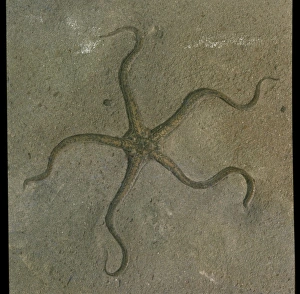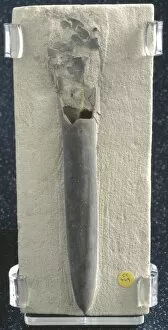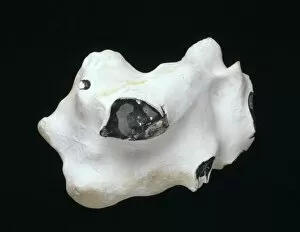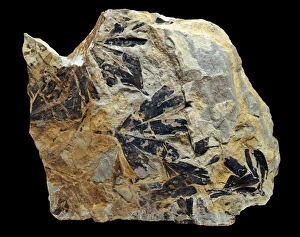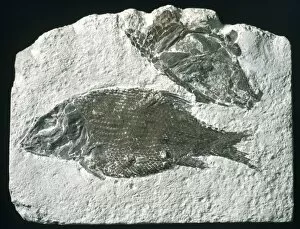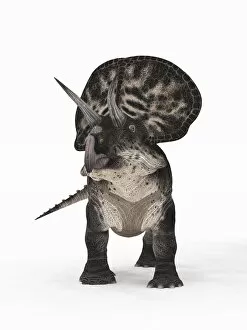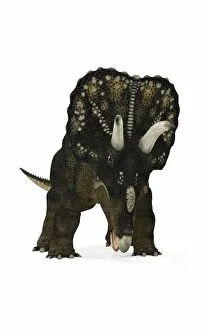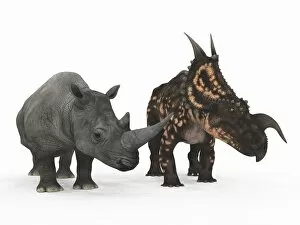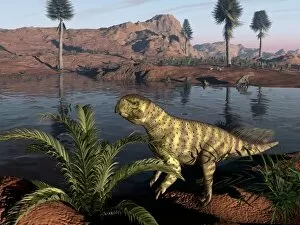Mesozoic Collection (page 9)
Step back in time to the Mesozoic era, where ancient creatures roamed the Earth's oceans and land
All Professionally Made to Order for Quick Shipping
Step back in time to the Mesozoic era, where ancient creatures roamed the Earth's oceans and land. Among them were magnificent marine reptiles like the Ichthyosaurus and Plesiosaurus, now long extinct but forever etched in history. These fascinating beings ruled the seas with their sleek bodies and powerful fins, leaving behind a legacy of awe-inspiring fossils. One such fossil is that of Asteroceras, an ammonite from this bygone era. Its intricate spiral shell tells tales of a world we can only imagine. On land, towering giants like Diplodocus grazed upon lush vegetation while fearsome predators like Spinosaurus prowled nearby. Through captivating artwork, we catch a glimpse into their majestic existence. But it wasn't just these remarkable creatures that defined the Mesozoic period; it was also marked by significant geological events. Continental drift reshaped our planet around 100 million years ago, altering landscapes and creating new habitats for life to thrive. This phenomenon allowed species like Ichthyosaurus acutirostris to adapt and evolve in different regions across the globe. In addition to marine reptiles and dinosaurs, birds began taking flight during this time as well. Archaeopteryx emerged as one of nature's early experiments with flight – a mesmerizing blend of avian features fused with reptilian characteristics. And let us not forget about Pterodactyls soaring through prehistoric skies with their impressive wingspans. The Kelloways Stone serves as another testament to this extraordinary epoch – a treasure trove containing countless remnants from this distant past preserved within its layers. It holds secrets waiting to be discovered by intrepid paleontologists who seek answers about our planet's ancient inhabitants. As we delve into the wonders times, we are reminded that our world has undergone incredible transformations throughout history – both on land and beneath vast oceans - leaving behind imprints of extraordinary life forms that continue to captivate our imaginations.




